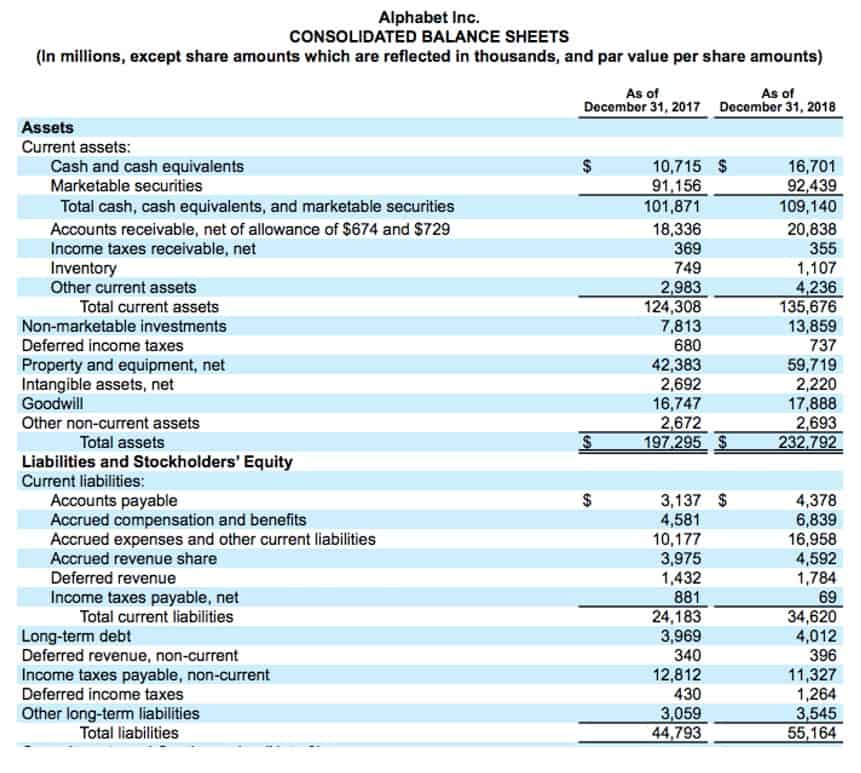
The Wellbourn Services Ltd. statement of income, shown earlier, is an example of a typical single-step income statement. For this type of statement, revenue and expenses are each reported in the two sections for continuing operations. Discontinued operations are separately reported below the continuing operations. The separate disclosure and format for the discontinued operations section is a reporting requirement and is discussed and illustrated below.
What is Qualified Business Income?

Comprehensive income is the profit or loss in a company’s investments during a specific time period. Knowing these figures allows a company to measure changes in the businesses it Bookstime has interests in. These amounts cannot be included on a company’s income statement because the investments are still in play.
Income statement presentation: IFRS compared to US GAAP

Although the notion of comprehensive income is shared by both IFRS and US GAAP, there are some changes in how it is computed and reported under each set of standards. To guarantee that their financial statements meet the criteria of both IFRS and US GAAP, companies who operate under both standards may need to make modifications. In 2007, the IASB (International Accounting Standards Board) published a revised version of IAS 1 that included some changes to the presentation of comprehensive income. One of the key changes was to require companies to present a single statement of comprehensive income, rather than separate statements for profit or loss and other comprehensive income. When a corporation’s shares of stock are publicly traded, the income statement must display the earnings per share of common stock or EPS.
Interpreting the Statement for Investments
- By examining both net income and OCI, investors can assess the full spectrum of a company’s profitability and other financial changes that could influence equity.
- This figure is widely reported in the financial press and closely monitored by stakeholders as it directly impacts the earnings per share (EPS), a key metric for assessing a company’s value and performance.
- Reclassification adjustments are amounts recognised to profit or loss in the current period that were previously recognised in OCI in the current or previous periods.
- Another suggestion is that the OCI should be restricted, should adopt a narrow approach.
Unlike IFRS, US GAAP has no requirement for expenses to be classified according to their nature or function. The sum total of comprehensive statement of comprehensive income income is calculated by adding net income to other comprehensive income. US GAAP also has the concept of comprehensive income, which is defined similarly to IFRS. Here’s a simple list of items included in the “Statement of Comprehensive Income.”
This will usually occur to allow the SOPL to provide more relevant information or provide a more faithful representation of an entity’s performance. Whilst this may be an improvement on the absence of general principles, it might be argued that it does not provide the clarity and certainty users crave. Expenses from operations must be reported by their nature and, optionally, by function (IFRS). Expenses by nature relate to the type of expense or the source of expense such as salaries, insurance, advertising, travel and entertainment, supplies expense, depreciation and amortization, and utilities expense, to name a few. The statement of comprehensive income gives company management and investors a fuller, more accurate idea of income.
- Instead the adjustments are reported as other comprehensive income on the statement of comprehensive income and will be included in accumulated other comprehensive income (which is a separate item within stockholders’ equity).
- It summarizes all the sources of revenue and expenses, including taxes and interest charges.
- Any gains/losses due to the change in valuation are not included in the Income Statement but are reflected in the Statement of Comprehensive Income.
- In other words gains or losses are first recognised in the OCI and then in a later accounting period also recognised in the SOPL.
- IFRS do not prescribe the exact format of the Statement of comprehensive income but it can be obtained from IFRS Taxonomy.
- When preparing financial statements, it is important to realize that other comprehensive income cannot be reported on the income statement as dictated by accounting standards.
Format for Statement of Comprehensive Income

It is worth noting that these issues are uncommon in small and medium-sized firms. Larger firms that experience such financial situations are more likely to have OCI items. Comprehensive income is the sum of a company’s net income and other comprehensive income.
Profit, loss and other comprehensive income
Sum up all of the items in the revenue line from your trial balance and enter the total amount. One of the major shortcomings of the statement of comprehensive income is that it cannot forecast a company’s future success. The income statement will reflect operational patterns from year to year, but it will not suggest the likelihood or timing of major other comprehensive income items being recorded in normal balance the income statement.

Many of the other adjustments in the operating activities section of the SCF reflect the changes in the balances of the current assets and current liabilities. For example, if accounts receivable decreased by $5,000, the corporation must have collected more than the current period’s credit sales that were included in the income statement. Since the decrease in the balance of accounts receivable is favorable for the corporation’s cash balance, the $5,000 decrease in receivables will be a positive amount on the SCF. The original logic for OCI was that it kept income-relevant items that possessed low reliability from contaminating the earnings number (profit for the year). The OCI figure is crucial however it can distort common valuation techniques used by investors, such as the price/earnings ratio. Misuse of OCI would undermine the credibility of the profit for the year figure and key investor ratios used by stakeholders to assess an entities performance.
Comprehensive Guide to Inventory Accounting
This in turn affects the quality of earnings reported in an income statement. The IASB is conducting a standard-setting project on the primary financial statements to provide clarity on subtotals in the income statement, non-GAAP financial measures and unusual or infrequent items. This project is intended to provide guidance so that companies’ alternative performance measures will be more transparent and comparable. The FASB is also conducting a standard-setting project on the presentation of financial statements. Under IAS 11, the income statement is the primary financial statement used to provide an understanding of a company’s performance and operations over a defined period of time. Because of its importance, its format is often debated and scrutinized by preparers, users, regulators, standard setters and others.
